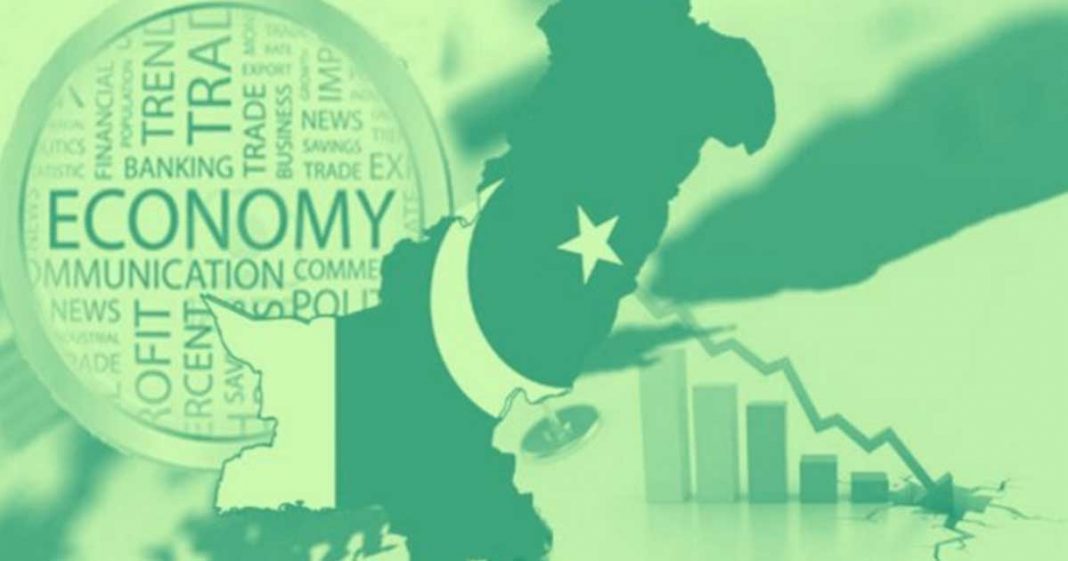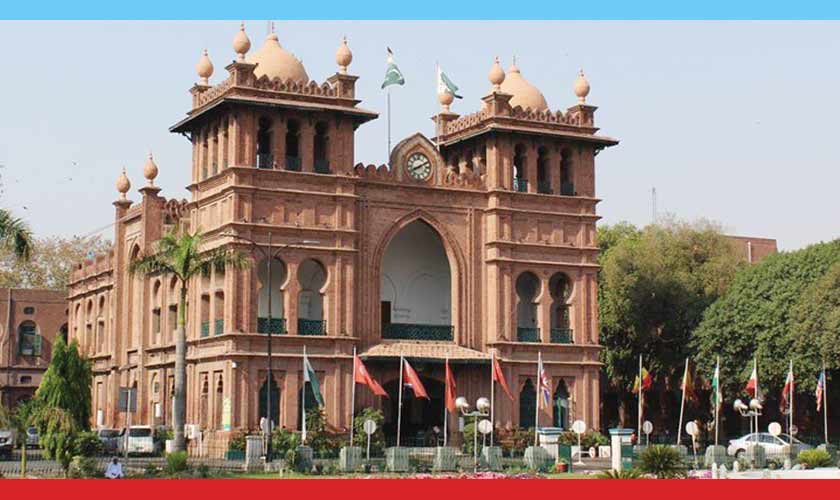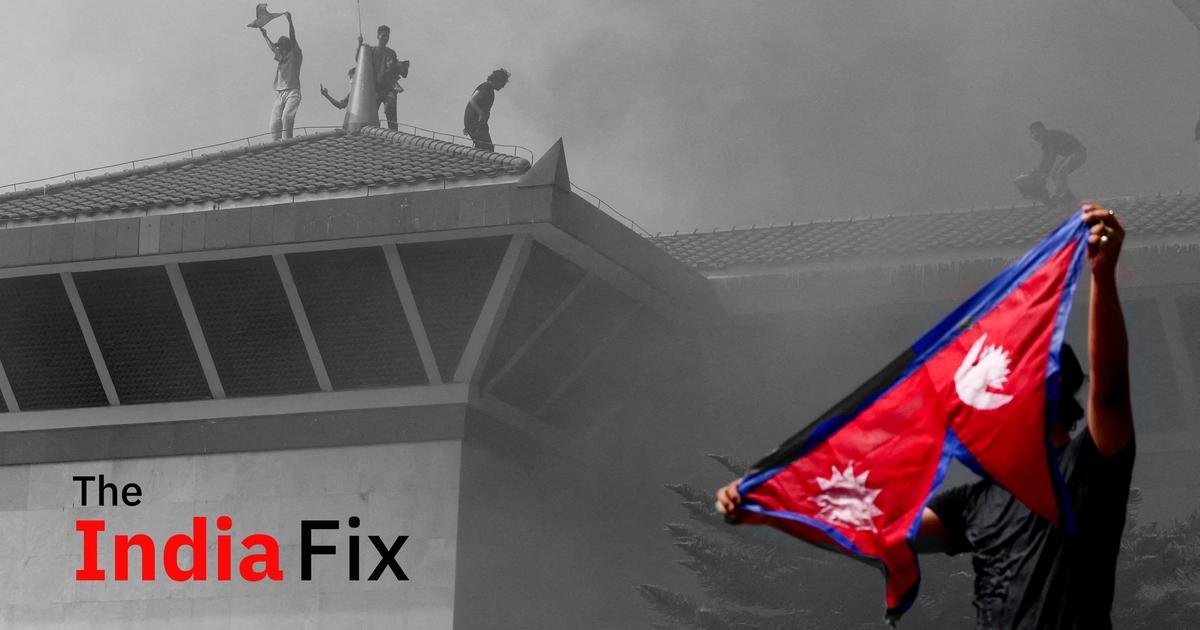Editorial
The International Monetary Fund (IMF) has forecasted a 3.2% growth rate for Pakistan, aligning with Fitch Ratings’ projection from July 2024. Originally, the government aimed for a 3.6% growth, but it has recently revised its expectations down to 3% to 3.5%. Inflation is expected to be around 9.5%, below the targeted 12%.
Despite some challenges, the growth prediction is primarily driven by an increase in agricultural production, which is forecasted to grow by 3.6%. This is a decline from over 6% growth last year, but the Finance Division reports significant increases in the import of agricultural machinery—more than 100%—and a 24% rise in agricultural credit, which are seen as positive signs. However, the drop in urea and DAP fertilizer sales by 13.6% and 21.9%, respectively, and a decrease in cotton production may hinder achieving these targets.
The industrial sector continues to struggle with high costs for electricity and fuel due to IMF agreements. Despite a recent reduction in the discount rate, it remains high at 17.5%, leading to lower credit demand from large-scale manufacturing. Sales have improved somewhat but mostly rely on existing inventories rather than increased production. The industrial sector’s growth is now 2.4%, recovering from a previous decline of 5.4%.
Government spending remains high, with a 21% increase in current expenditures budgeted for 2024-25, supported by domestic and foreign borrowing. The government appears to be placing more tax burdens on existing taxpayers, pushing many low- to middle-income earners into poverty, affecting around 41% of the population. Their efforts to broaden the tax base are struggling, with a low revenue target of just 50 billion rupees for the year.
Of concern is the reduction in the Public Sector Development Programme, which is crucial for job creation. This reduction is a result of the need to meet budget deficit targets as agreed with the IMF.
Fitch projects inflation may drop to 6.2% by December 2024, citing factors like controlled demand, improved food supply, and stable global commodity prices. However, public sentiment is skeptical about inflation figures, especially since government pricing practices can obscure real costs. There is ongoing concern about rising government debt and the inflationary pressure it creates, which isn’t fully acknowledged in official reports.
Despite the GDP growth and declining inflation forecasts, public confidence remains low. This poses potential risks for the economic leadership amid IMF-set conditions for borrowing. Increases in energy prices or additional taxes could exacerbate public discontent, which the government must address cautiously to avoid serious political and economic fallout.














